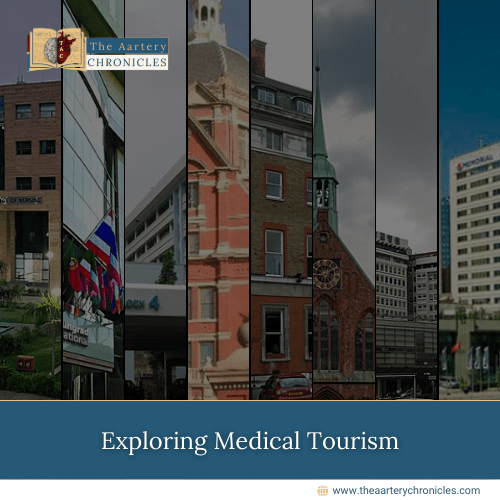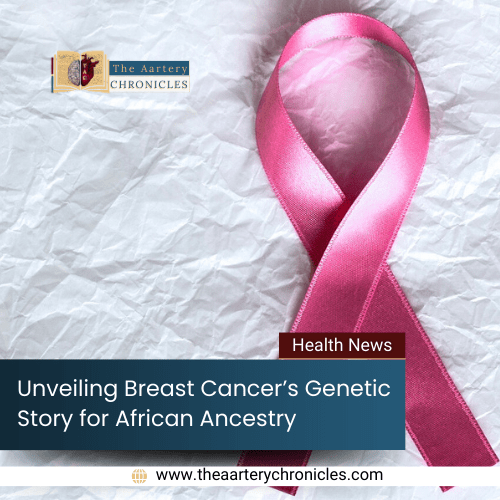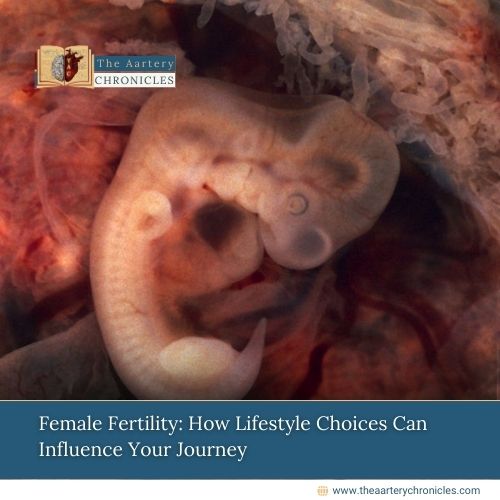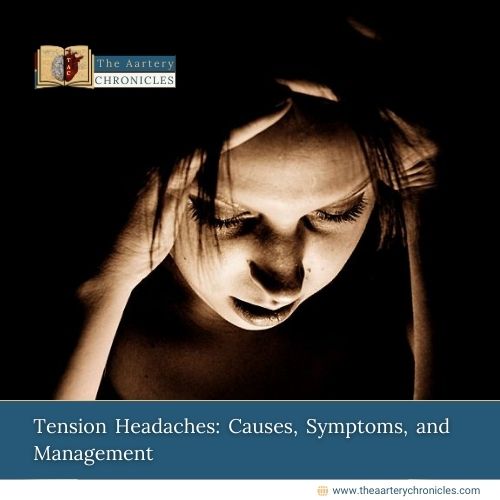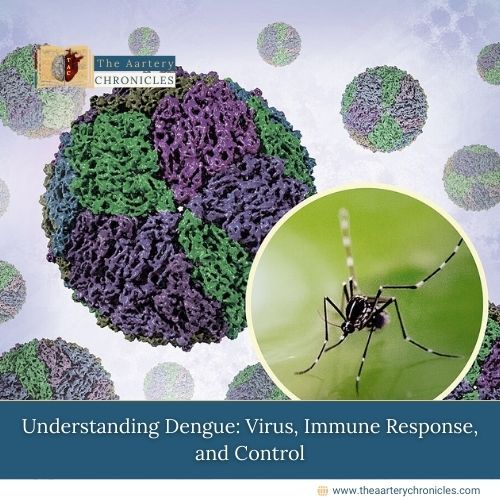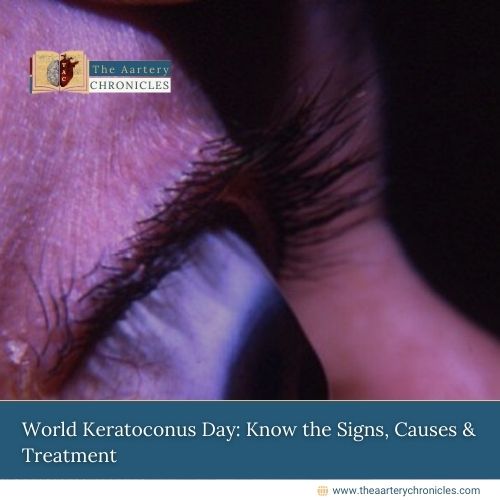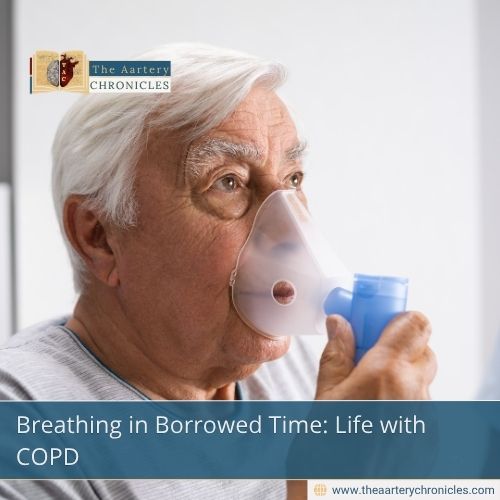
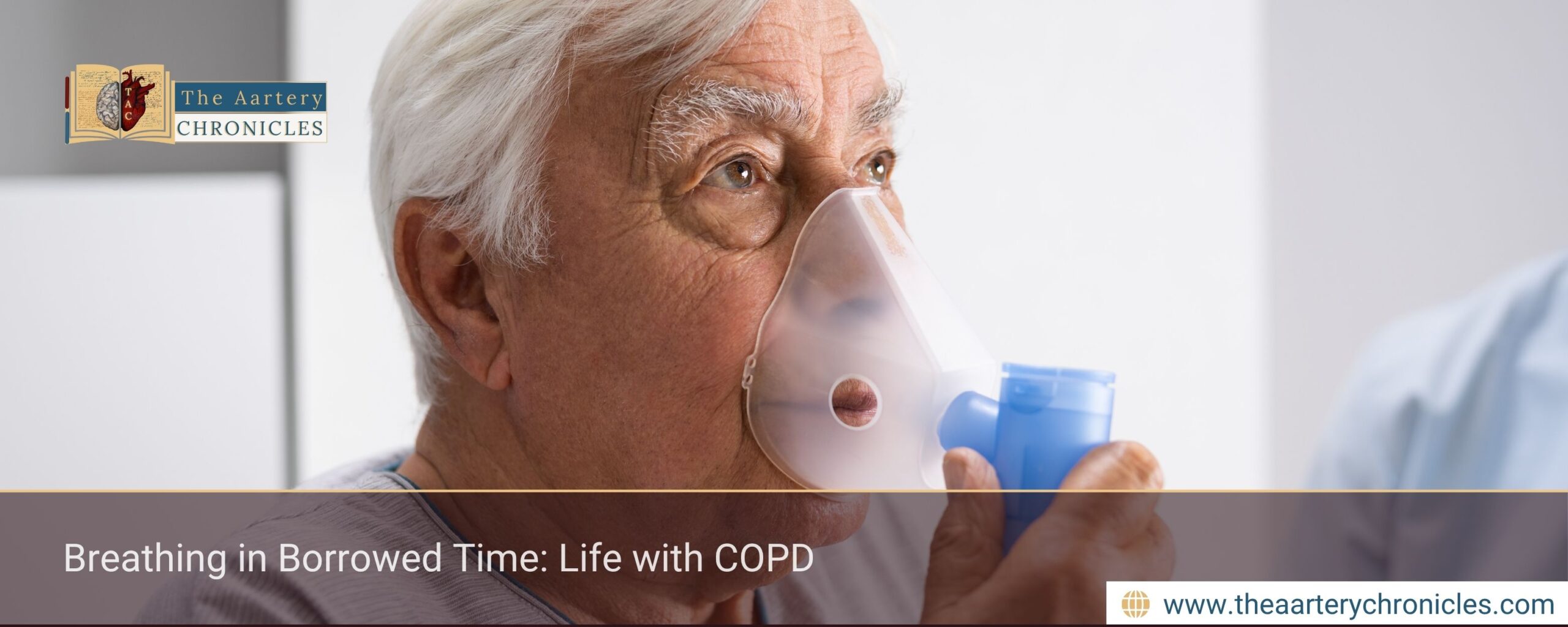
Breathing in Borrowed Time: Life with COPD
Introduction
We take breathing for granted — until it begins to slip away. Chronic Obstructive Pulmonary Disease (COPD) is often framed in clinical terms: progressive, irreversible, incurable. Yet behind the spirometry charts and inhaler regimens lies a more human question: What does it mean to live when life itself feels rationed, breath by breath?
To breathe is to endure, but also to belong. For those with COPD, endurance becomes daily negotiation: stairs or conversation, independence or oxygen mask, survival or dignity. Who decides what a “full life” looks like when every inhale feels borrowed?
This is more than a medical question. It is a philosophical reckoning with time, fragility, and the meaning of care.
The Silent Weight of COPD
COPD affects nearly 390 million people worldwide and is the third leading cause of death globally (1). Unlike the sudden crisis of a heart attack, COPD creeps quietly. A persistent cough, morning phlegm, shortness of breath on small exertions — symptoms too easily dismissed until the damage is permanent.
Smoking remains its strongest risk factor, but the disease is far from an individual problem. In rural households, women cooking with firewood inhale toxic smoke daily (2). In cities, air thick with pollutants quietly erodes lung function. In factories, workers inhale dust and fumes that outlast their paychecks.
Framing COPD as “self-inflicted” through smoking alone misses this structural reality. Breathlessness is as much about poverty, environment, and labor as it is about personal behavior.
From Breath as Spirit to Breath as Symptom
Across cultures, breath has always meant more than oxygen. The Greek pneuma, the Sanskrit prana, the Hebrew ruach — all equated breath with spirit, life-force, even divinity. Breath was essence, not metric.
Industrialization changed that. Breath was no longer sacred, but measured. Spirometers turned vitality into percentages. Insurance forms reduced breathlessness to codes: J44.0, J44.1. Where once shortness of breath provoked awe at life’s fragility, today it is classified, scored, reimbursed.
Medicine brought treatment, yes — but also a narrowing. Breath became a symptom to be managed, not a mystery to be honored.
Anecdote: The Inhaler at Dawn
A retired teacher keeps her inhaler on the nightstand. She laughs softly, calling it her “alarm clock.” Without it, she says, she would never rise at all.
She remembers once commanding a classroom with a booming voice, now reduced to speaking in careful sentences, each word rationed like currency. “I never realized how loud breathing was,” she says, “until I started losing it.”
Her words echo a truth beyond medicine: COPD doesn’t just limit lungs. It contracts worlds — shrinking social lives, ambitions, even identities.
Policy Lens: Breathing as Public Health
Public health campaigns focus, rightly, on prevention, awareness, and access. Yet a subtler question lingers: how do we frame the lives of those already living with COPD?
Too often, resilience is measured in productivity. “Strong” patients keep working through fatigue. “Compliant” patients adhere to inhalers without complaint. Even palliative care arrives late, as if acknowledging breath’s decline were an admission of defeat (3,4).
This is dangerous. When health systems prize survival over dignity, patients are reduced to numbers on a pulmonary function chart. The deeper epidemic — emotional isolation, shame, and stigma — remains invisible.
Toward a Compassionate Lens
To live with COPD is to live in negotiation: with lungs, with time, with cultural judgments. But it is also to live with clarity. Days are measured not in deadlines but in breaths, forcing patients to rediscover meaning in what remains.
A more compassionate approach would mean:
- Integrating palliative care early, shifting focus from prolonging life to preserving dignity.
- Reframing prevention narratives to emphasize structural inequities, not individual blame.
- Creating community spaces where patients can share stories without stigma.
- Redefining resilience not as suppression of need, but as permission to live authentically, even breathlessly.
Closing Reflection
COPD teaches us that breath is both fragile and profound. It is not merely a biological exchange of gases, but a human tether — to time, to others, to meaning.
In a world that medicalizes breath and rewards stoicism, asking “What does it mean to live on borrowed breath?” is not only clinical but revolutionary. For perhaps the truest measure of life is not how long we breathe, but how deeply we are allowed to belong while breathing.
References
- World Health Organization. The Global Health Observatory: Mortality and global health estimates. Geneva: WHO; 2024. Available from: https://www.who.int/data/gho
- Gordon SB, Bruce NG, Grigg J, et al. Respiratory risks from household air pollution in low- and middle-income countries. Lancet Respir Med. 2014;2(10):823–860.
- Lopez-Campos JL, Tan W, Soriano JB. Global burden of COPD. Respirology. 2016;21(1):14–23.
- Yohannes AM, Connolly MJ. Early palliative care in chronic obstructive pulmonary disease: A promising approach. Expert Rev Respir Med. 2020;14(8):801–810.
- Dr Anjali Singh
- Medicine and Diseases
- 10 October 2025
- 11:00
Reviewed by Dr Aarti Nehra (MBBS, MMST)

